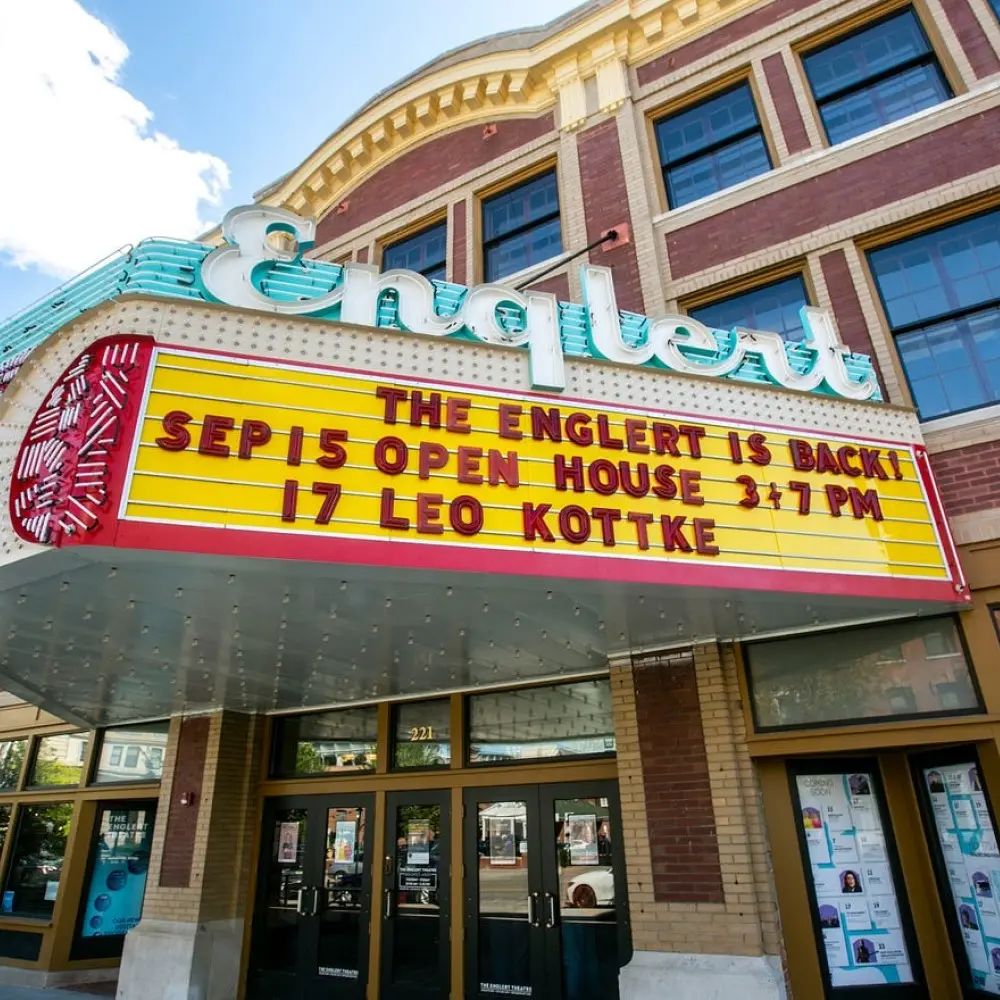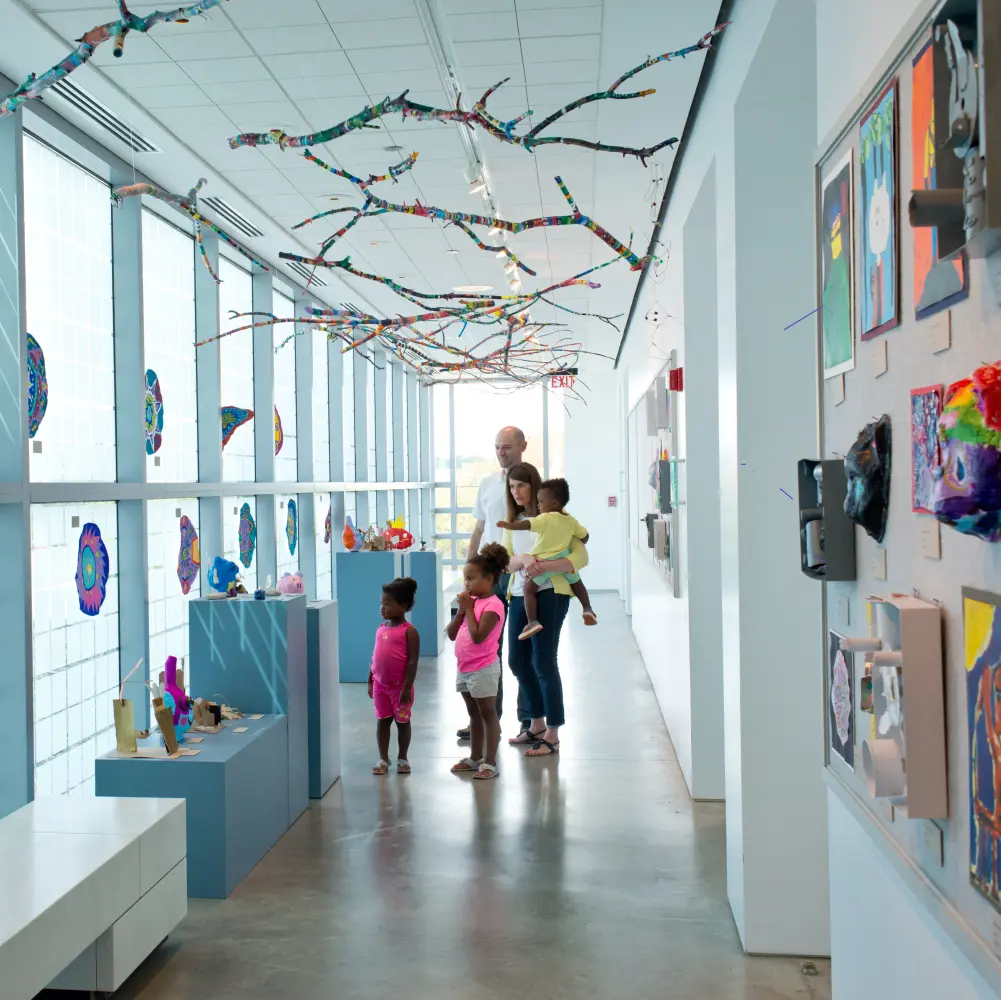Iowa’s rich history is preserved for visitors of the state’s 27 National Historic Landmarks. Step back in time and discover Iowa’s origins, as well as the role the state played in the history of our nation. Here are the landmarks that are open to the traveling public.
1. Amana Colonies
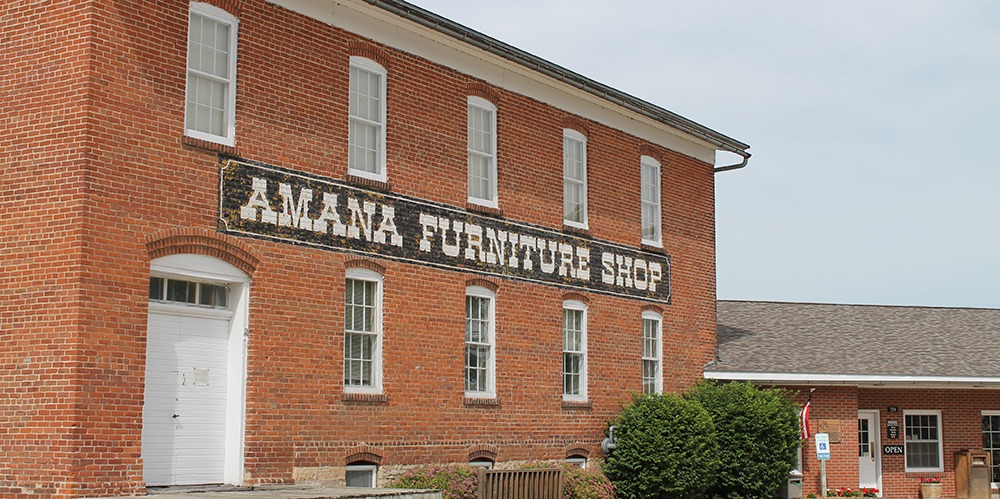
These seven historic villages were founded by German immigrants as a religious communal society in 1855. One of Iowa’s most famous travel attractions, the Amana Colonies preserve their crafts and culture while offering a variety of experiences.
2. Blood Run Site, Granite
Blood Run was an intertribal and ceremonial center for the Oneota and Prairie Dakota tribes from 900 to 1720 A.D. Located along the Big Sioux River and and Blood Run Creek, the site includes burial mounds and village sites that are accessible by foot.
3. Farm House Museum, Ames
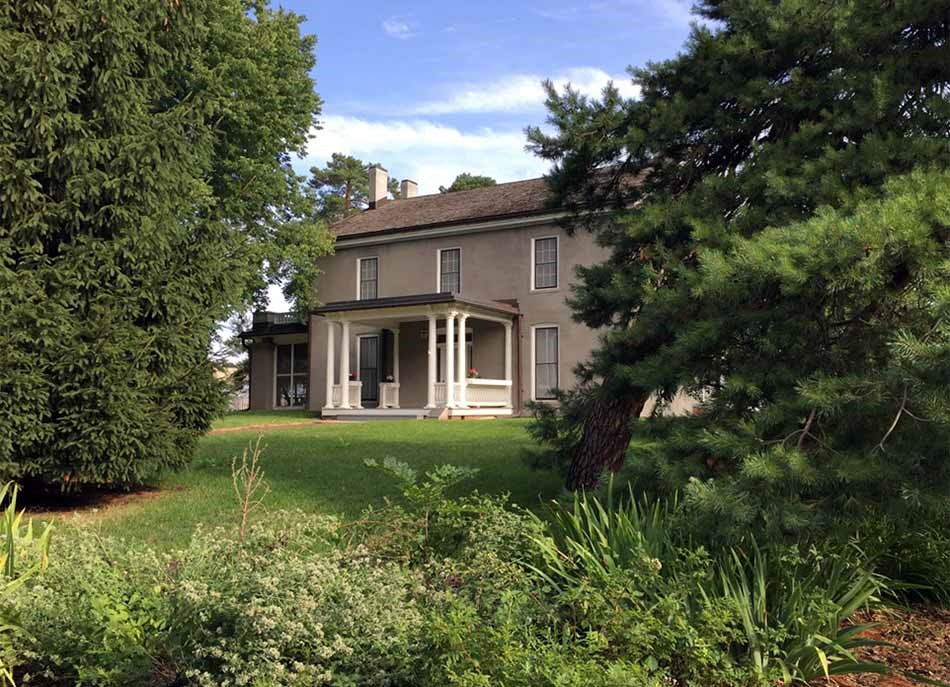
The Farm House was built in 1860 as the first building at Iowa State Agricultural College and Model Farm in Ames. More than 6,000 pieces of Victorian decorative art and antique furnishings are on display, offering a glimpse into the early 19th century life of the university and its first two presidents.
4. George M. Verity Riverboat, Keokuk
The George M. Verity paddlewheel steamboat was built in 1927 in Dubuque and retired in 1960. View its original boiler, machinery, crew quarters and pilothouse. Photos of 19th century riverboats and artifacts of the steamboat era are also displayed.
5. Herbert Hoover Birthplace, West Branch
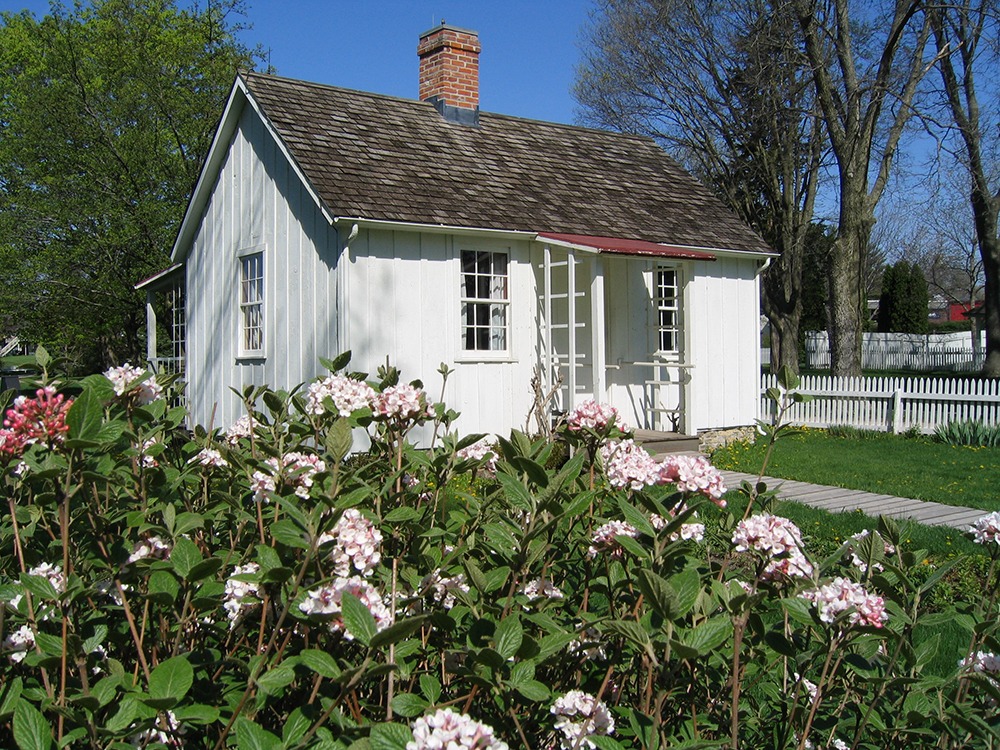
The West Branch grounds of this presidential library and museum include President Hoover’s birthplace cottage, grave sites of President Hoover and Mrs. Lou Henry Hoover, a reconstructed blacksmith shop, one-room schoolhouse and 76-acre tall-grass prairie. The visitor center, administered by the National Park Service, interprets the early life of Hoover in Iowa. Temporary gallery offers changing exhibits relating to American history.
6. Historic General Dodge House, Council Bluffs
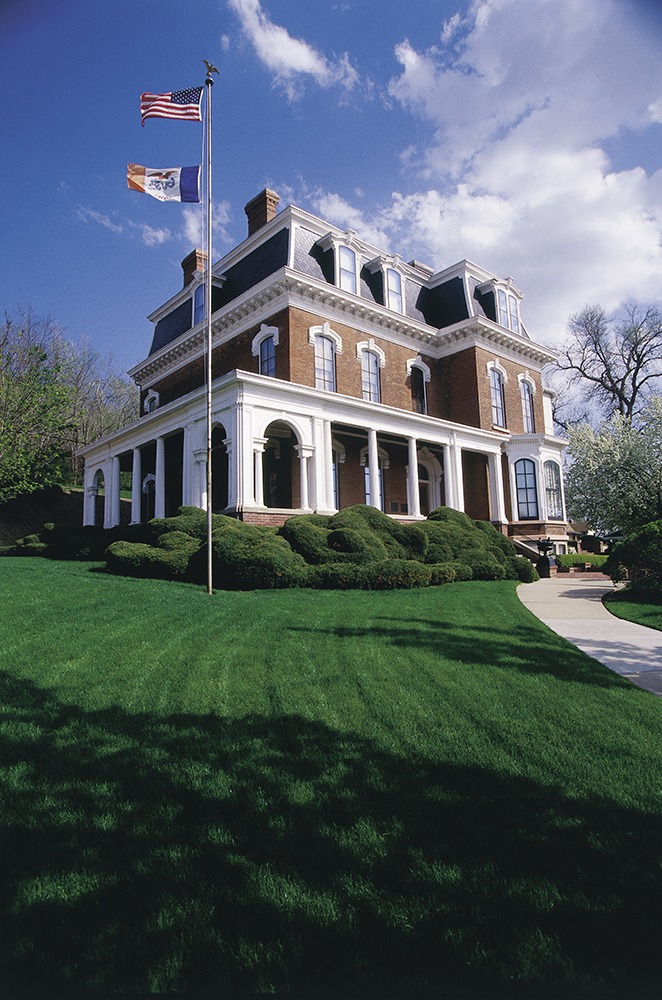
Grenville and Mrs. Dodge constructed the 14-room, three-story Victorian General Dodge House in 1869. Dodge, a Civil War general, railroad builder, banker and politician, was very involved in the planning, making several modifications including central heating and hot and cold running water.
7. James B. Weaver House, Bloomfield
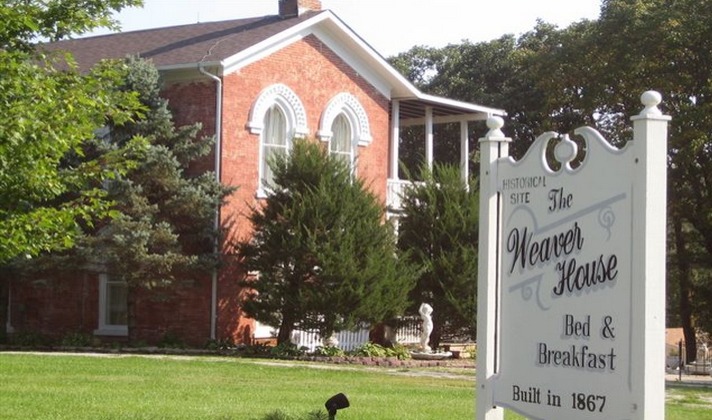
The Weaver House was the home of Bloomfield lawyer and Civil War General James B. Weaver. This striking, two-story, pink-brick structure was built in 1867 by the one-time United States representative.
8. The Lone Star Steamer, Le Claire
The Lone Star Steamer, the last wooden-hull sternwheeler, is housed in the Buffalo Bill Museum in Le Claire. Constructed in 1868, the boat plied the waterways of the Mississippi, Ohio and Missouri Rivers. The Museum serves as a tribute to legendary native “Buffalo Bill” Cody as well as a memorial to American Indians, pioneers and steamboat days.
9. Merchants National Bank, Grinnell
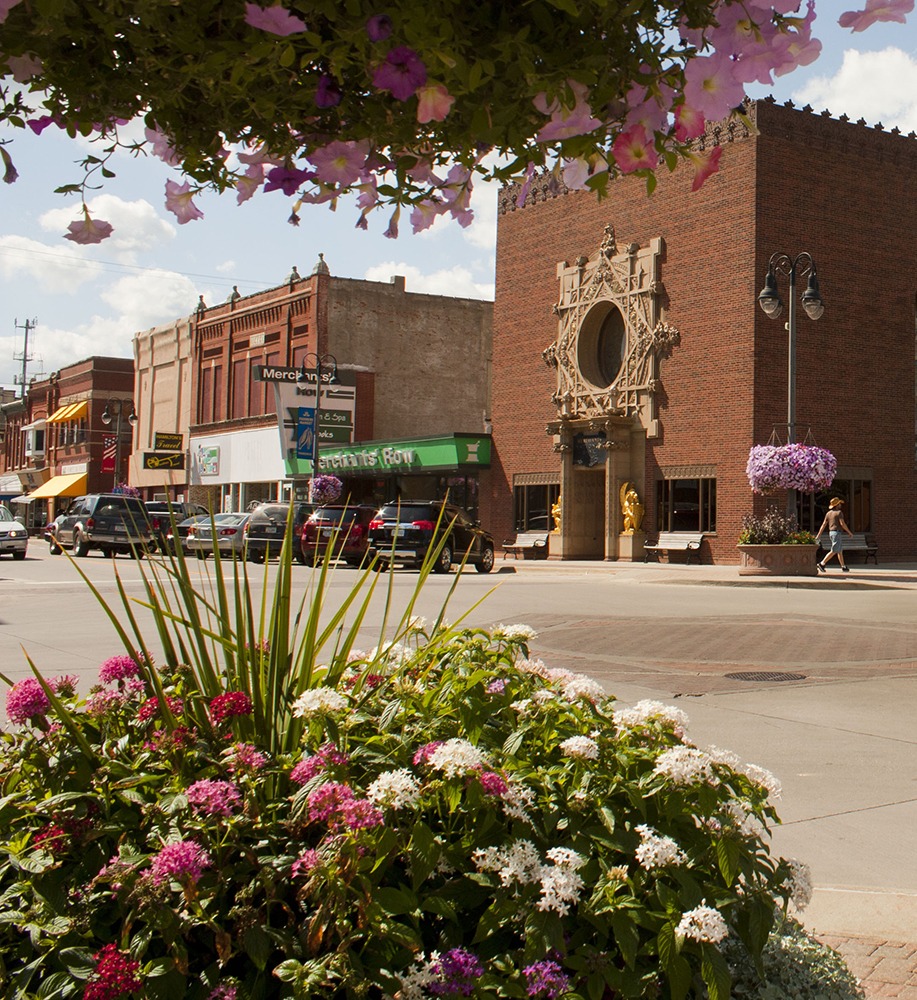
Constructed in Grinnell in 1914, this simple cubical-plan structure is one of the best examples of the “jewel box” banks designed by Louis Sullivan late in his career. Today, the restored Merchants National Bank houses a number of civic organizations.
10. Mines of Spain Recreation Area, Dubuque
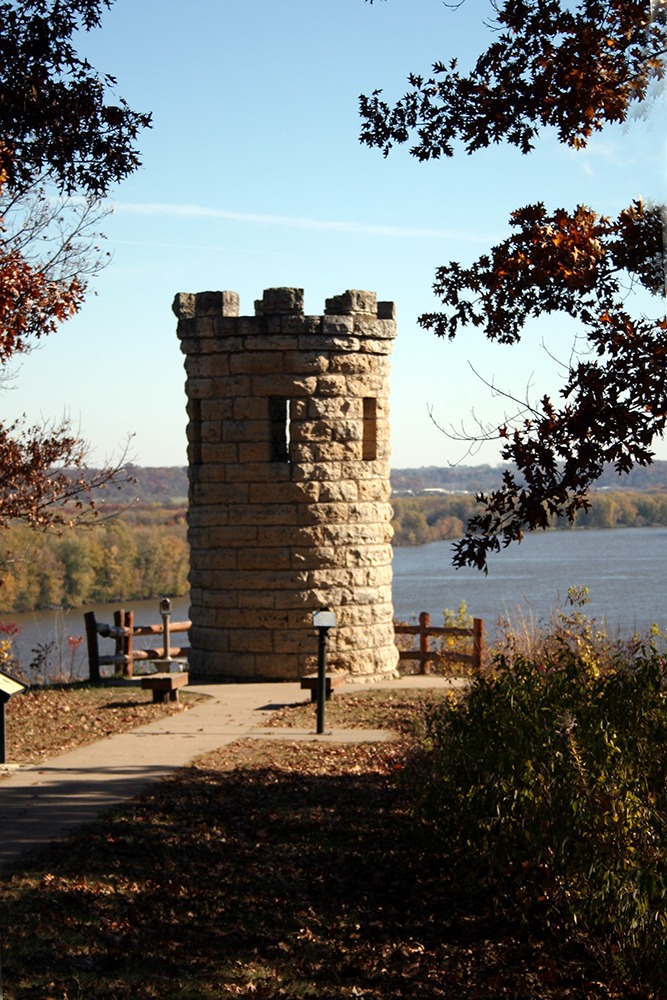
This landmark includes hundreds of archaeological sites near Dubuque, providing a rich history of American Indian settlement, lead mining, fur trading, lumbering and farm life. The Mines of Spain includes 14 miles of trails, river overlooks, prairies and an interpretive center.
11. Old Capitol, Iowa City
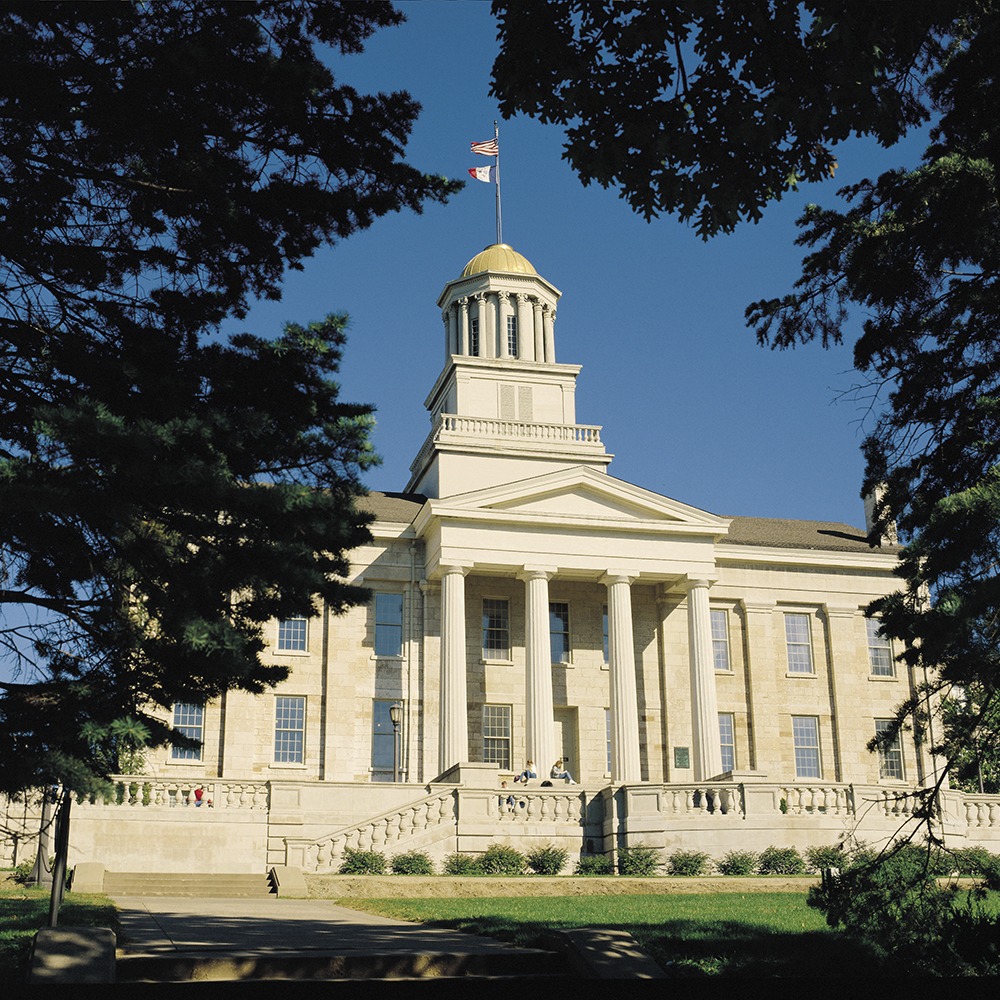
Restored to reflect the years it served as the last capitol of the Iowa Territory (1842-1846), the first State Capitol building (1846-1857) and The University of Iowa’s first building. Self-guided tour and changing exhibition galleries reflect Iowa’s history, culture and heritage.
12. The Reverend George B. Hitchcock House, Lewis
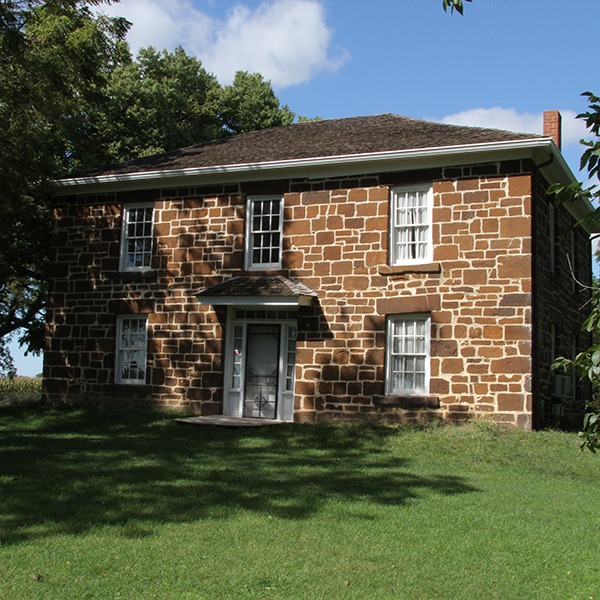
The Hitchcock House was built in 1856 by Reverend George Hitchcock, a Congregational minister and served as a station on the Underground Railroad. In 2001, the home was recognized as a National Park Service Underground Railroad Network to Freedom Site.
13. Sergeant Floyd Monument, Sioux City

This 100-foot-tall white stone obelisk was the first registered National Historic Landmark in the United States. Overlooking Sioux City and the Missouri River valley, it marks the burial place of Sergeant Charles Floyd, the only fatality of the 1804 Lewis and Clark Expedition.
14. Sergeant Floyd Towboat, Sioux City
This diesel inspection ship plied the inland waterways for 50 years as the flagship of the U.S. Army Corps of Engineers construction fleet. See the history of Missouri River transportation through rare photos, artifacts and dioramas located on the Sergeant Floyd Towboat. View one of America’s largest displays of scale Missouri River steamboat and keelboat models.
15. Terrace Hill, Des Moines

This opulent 1869 Victorian mansion was built by Iowa’s first millionaire, Benjamin F. Allen, and currently serves as Iowa’s governor’s residence. Terrace Hill overlooks downtown Des Moines and is situated on eight acres with a Victorian formal garden.
16. Toolesboro Mounds, Wapello
The Hopewellian mounds at Toolesboro are among the best-preserved and accessible remnants of an ancient culture flourishing from around 200 B.C. to 300 A.D. The five-acre site includes several large surviving mounds, an education center and a prairie demonstration plot.
17. Van Allen and Company Department Store, Clinton
This building, designed by renowned architect Louis Sullivan, is a four-story, steel-frame skeleton, faced with brick, and has exuberant terra-cotta ornamentation at the attic level. The first floor of Clinton's Van Allen and Company Department Store now contains retail.
18. William M. Black Dredge, Dubuque
This working 1934 dredge boat once roamed the Missouri River. Today, tour the engine room and pilothouse of the William M. Black Dredge and experience an overnight in a stateroom to see what life was like on a working steamboat.
19. Woodbury County Courthouse, Sioux City
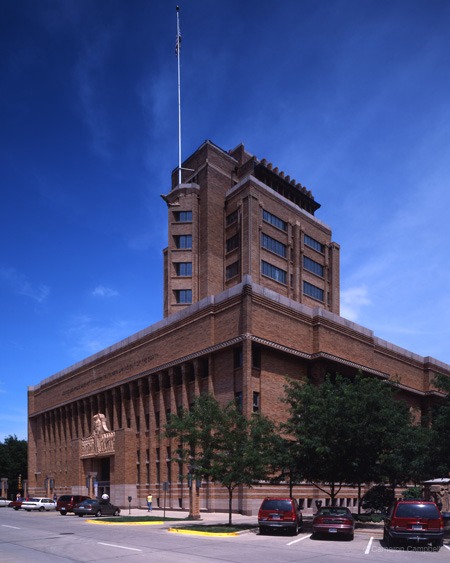
This brick, Prairie-style building was designed by William LaBarthe Steele and built in 1918. The Woodbury County Courthouse is adorned with thousands of colorful tiles depicting panoramic scenes on the first two interior floors and topped by a stained-glass dome.
20. Surf Ballroom and Museum, Clear Lake
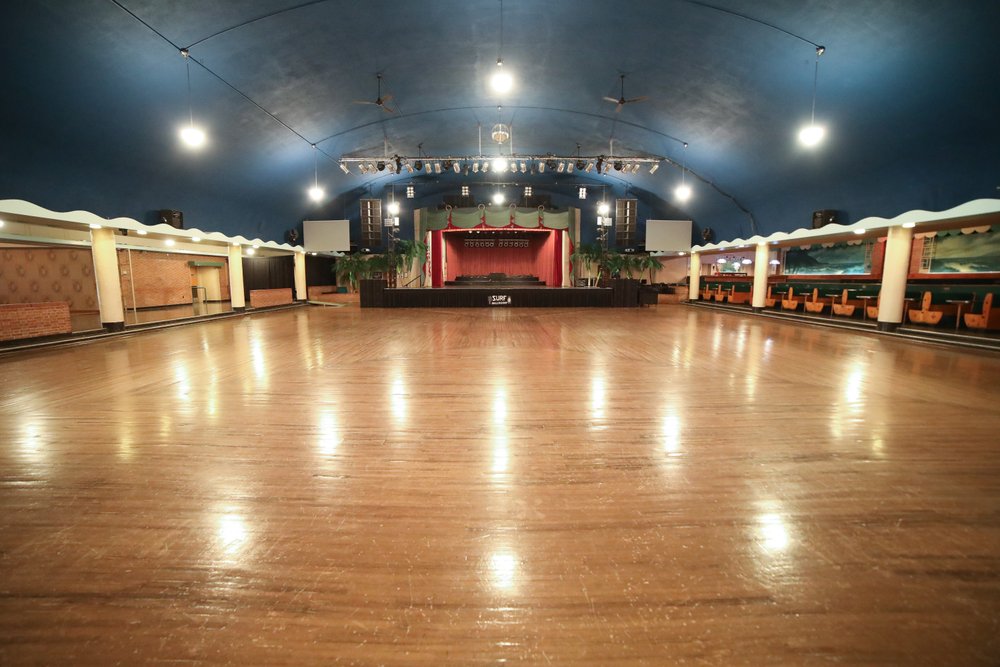
One of the last remaining ballrooms in the U.S., the Surf Ballroom is fully restored and fashioned after a South Seas beach club. The ballroom holds a place in music history as the final concert site of Buddy Holly, Ritchie Valens and J.P. "The Big Bopper" Richardson. In 2009, the Rock & Roll Hall of Fame and Museum dedicated the Surf Ballroom as a historic rock and roll landmark.
Iowa also has seven more sites that are included on the registry of National Historic Landmarks but are not open to the public: The 1857 Old Jail Museum, Davis Oriole Earth Lodge Site, Fort Des Moines Provisional Army Officer Training School, Indian Village Site (Wittrock Area), Kimball Village Site, Phipps Site and the William P. Hepburn House.

